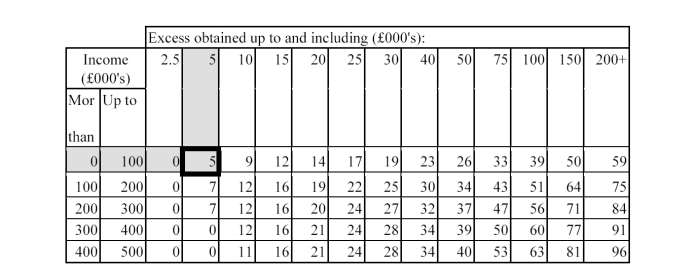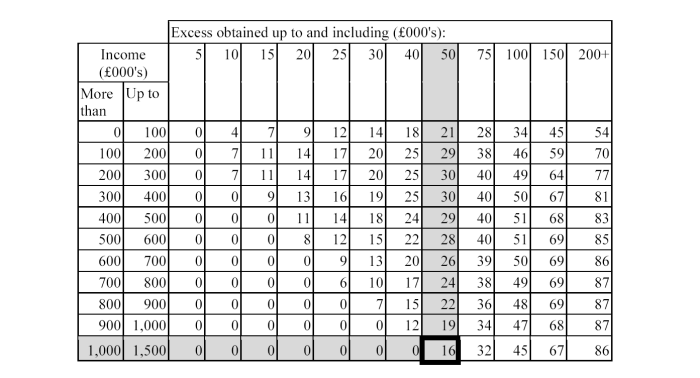MIGI 8.1 Introduction
PII helps to ensure that a firm has the resources to meet valid claims from customers and others even when the firm could not afford to do so out of its own resources. For example, a firm may agree to advise a customer but do so in a way that results in the customer acquiring a financial product that is not suitable. Most authorised insurance and mortgage intermediaries are required to maintain PII cover that satisfies the requirements in PRU 9.2. If you do not have compliant PII cover you risk breaching these rules and threshold condition 4, which is the requirement to maintain adequate resources.
This chapter explains:
-
(1)
which mortgage and insurance intermediaries need to hold PII;
-
(2)
the level of cover a PII policy must provide;
-
(3)
the level of excess a PII policy must have; and
-
(4)
the risks a PII policy must cover.
There are some worked examples at the end of this Chapter to help you calculate what level of cover and what level of excess your firm's PII policy is required to have.
The PII requirements for mortgage intermediaries and insurance intermediaries are different. If your firm carries on both regulated activities then it will need to comply with the PII requirements for each one. However, this does not necessarily mean that you will need to purchase two or more separate policies. You could, for example, purchase one policy that covers all your activities, which contains separate limits of indemnity and excesses for each activity.
The requirements are minimum requirements. In line with Principles 3 and 4 (see the table at Part I, paragraph 3.1.3), your firm's senior management is responsible for maintaining adequate financial resources at all times. So, the onus will be on your senior management to ensure that the firm has such additional financial resources over and above our requirements as they consider are necessary.


